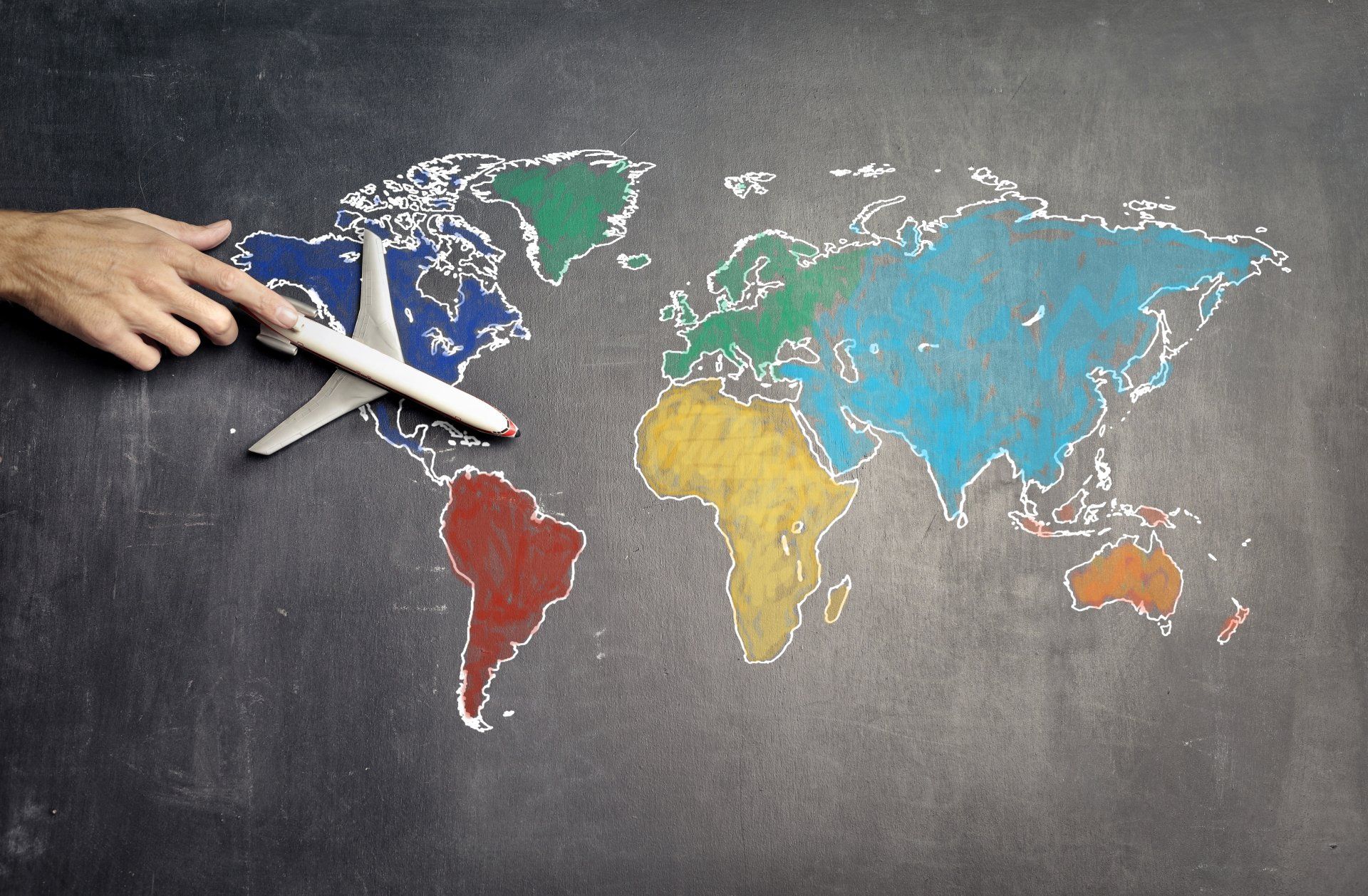U.S. News – May 2025: Could American Education & Athletics benefit from the Integration of Apprenticeships and Academys?
The betrayal of the American school system is evident when education becomes a secondary priority—supplanted by sports and social wellbeing. While some countries prioritize STEM in their education systems, the U.S. seems increasingly focused on “alternative” social issues. The value system now places lawyers, judges, and welfare programs front and center—paving the way for more lawfare, entertainment, and injustice dressed as justice. Yes, football players generate revenue , but so do scientists and engineers. Imagine if every ambulance chaser became an engineer designing fault-proof devices—the only downside? An hourly rate of $50 versus $250–$1500.
Where is Congress in setting the tone? Nearly all members are lawyers. And while student loan debt exceeds $2.8 billion , we’re still debating whether to pay a third-grade volunteer assistant coach. It’s legal insanity. Next up? Pool, pickleball, darts, and cricket just to earn a buck. Maybe we should only have Division I colleges—and let sports fund all education. That, of course, would be a myth for the ACLU.
Claudia Wilken is the jurist who will have the final say on the pending $2.8 billion settlement of a class-action lawsuit that is set to end the NCAA’s decades-old rules that have prohibited players from getting paid. It’s no exaggeration to say that the future of college sports rests on her decision.
The deal Wilken is scrutinizing would award back pay to thousands of athletes, while allowing schools for the first time to pay their athletes directly from the billions of dollars they help generate. For an NCAA that had long sold the public on unpaid amateurs as central to the appeal of college sports, it is an earthquake. To athletes, it’s a revelation.
European countries with apprenticeship systems educate roughly 60% of their college-age population. Even China implemented apprenticeships to address labor skill gaps. Meanwhile, the U.S. nurtures a college-for-everyone model, wasting millions for the profit of lenders and sports leagues that draft “free” talent. Sports are not an academic curriculum. The education and sports industries must be separated—eliminating the need to “draft” students to fill classrooms. The NFL could easily run junior leagues with the money colleges spend on coaches.
Adopting apprenticeship programs in the U.S. would have clear benefits. But what happens to colleges that lose 60% of their students? And where does that leave the millions glued to TVs each March and fall? Education versus entertainment. With only 0.1% of college players turning pro, what happens to the 99.9% after graduation? Watching from the couch?
In much of the world , especially in soccer, elite athletes are developed from a young age by professional clubs—not schools.
Take Alan Carleton, as an example of how the system could succeed in the US.. The summer before his junior year, he became the first “homegrown” player to sign with Atlanta United FC in Major League Soccer.
Atlanta United’s owner, Arthur Blank—who also owns the Atlanta Falcons—picked up Carleton from his Powder Springs, GA home in a Mercedes-Benz van to take him to a signing ceremony at The Varsity, a local Atlanta diner.
Is it time for the U.S. to adopt a European-style model where pro clubs develop athletes and schools focus solely on academics?
Another cultural debate making waves is the missed opportunity of not following seahorses in the sexual evolution cycle. Today, anything outside of “gender neutral” is treated as scientific radicalism. Gender ideology debates rage on, while perhaps Elon Musk has a solution he’d never use. Like it or not, we are male and female. Clothes and cosmetics don’t change biology. Feelings— no matter how intense —aren’t science. Ask Meta AI , or just be yourself—and be tolerant in both directions.
But that's not their only oddity. Seahorses swim vertically, lack pelvic fins, have bony plates over their bodies, and move their eyeballs independently. Perhaps most distinctively, the males carry babies and give birth to them instead of females.






